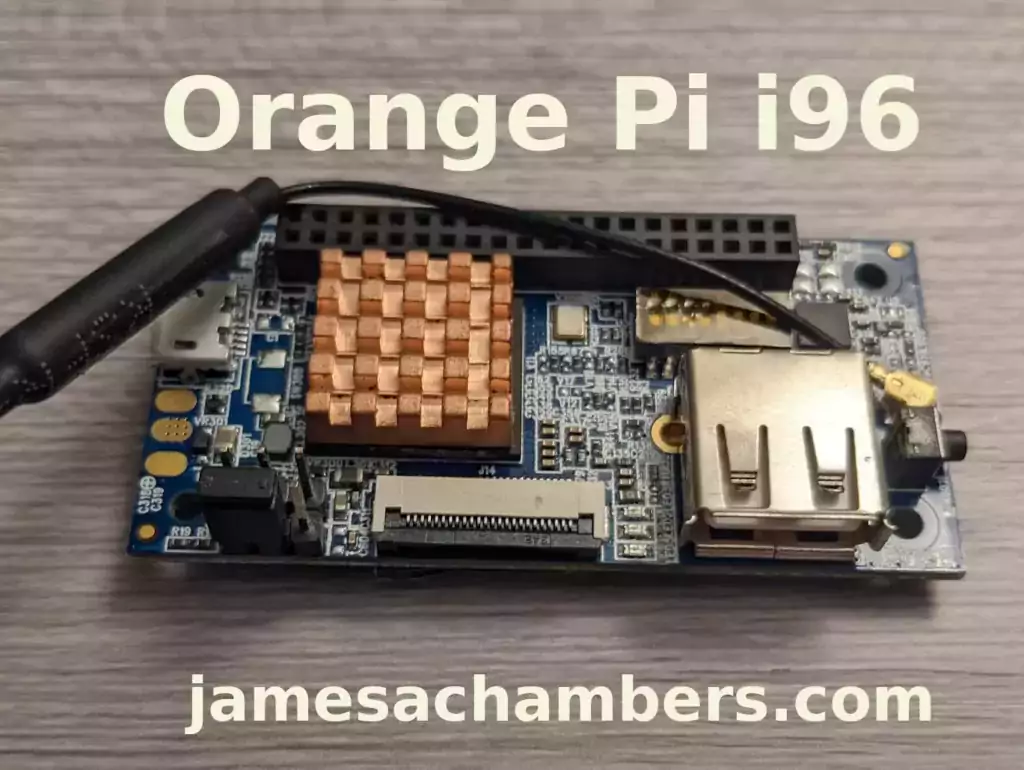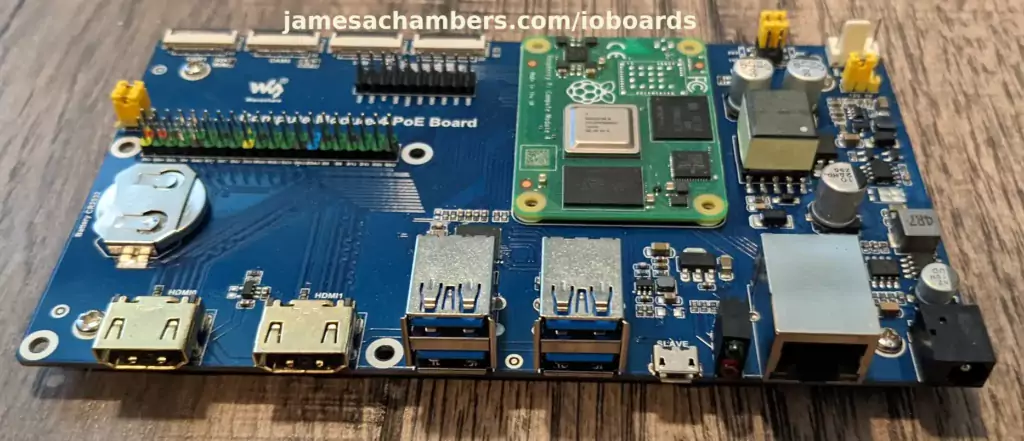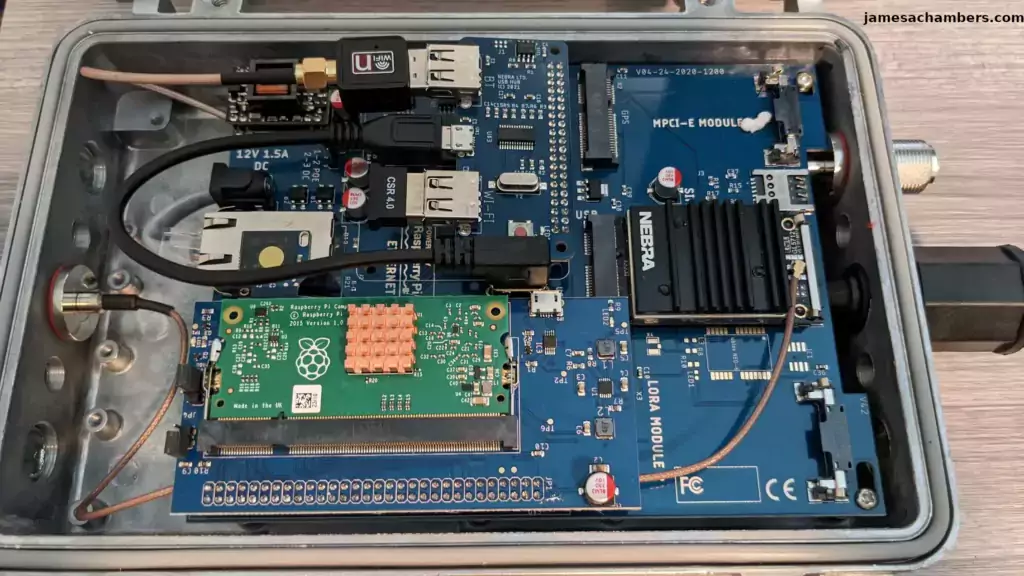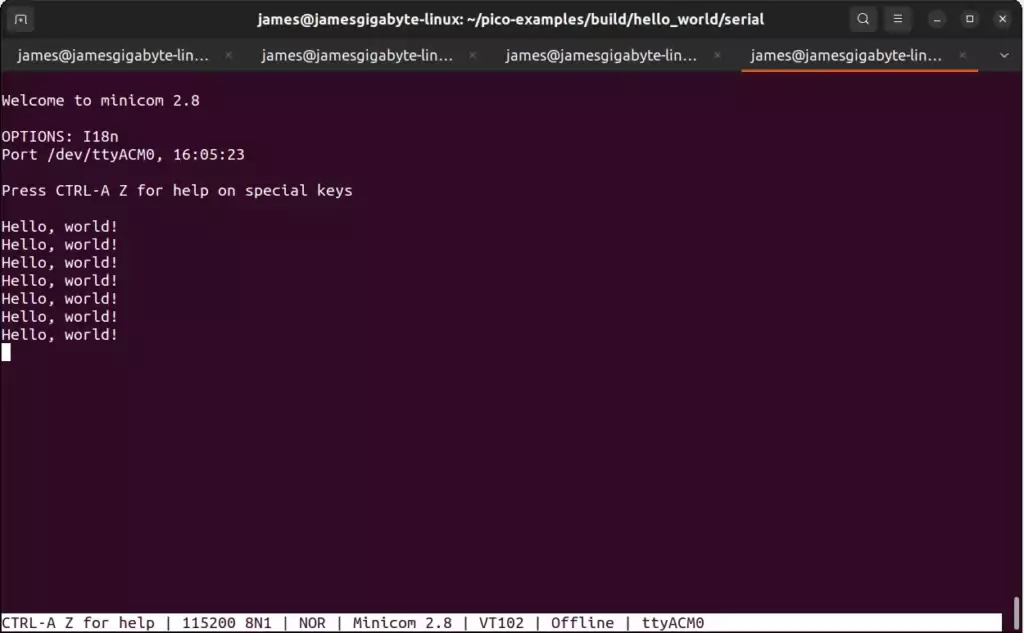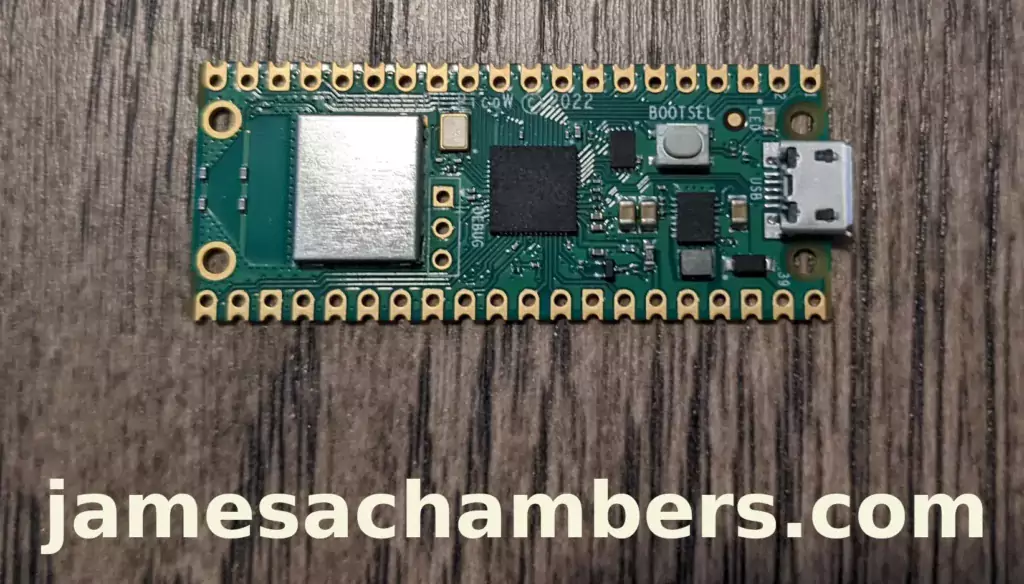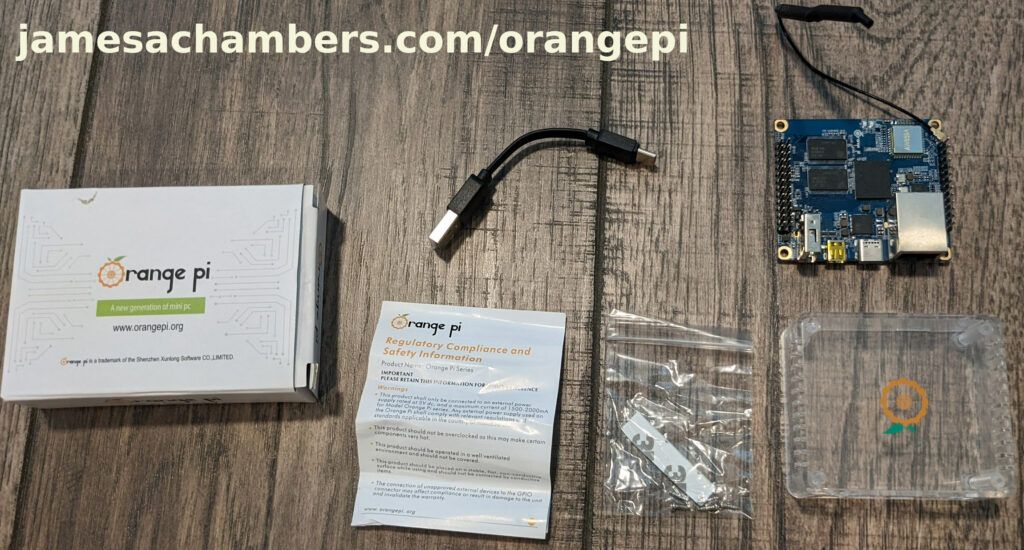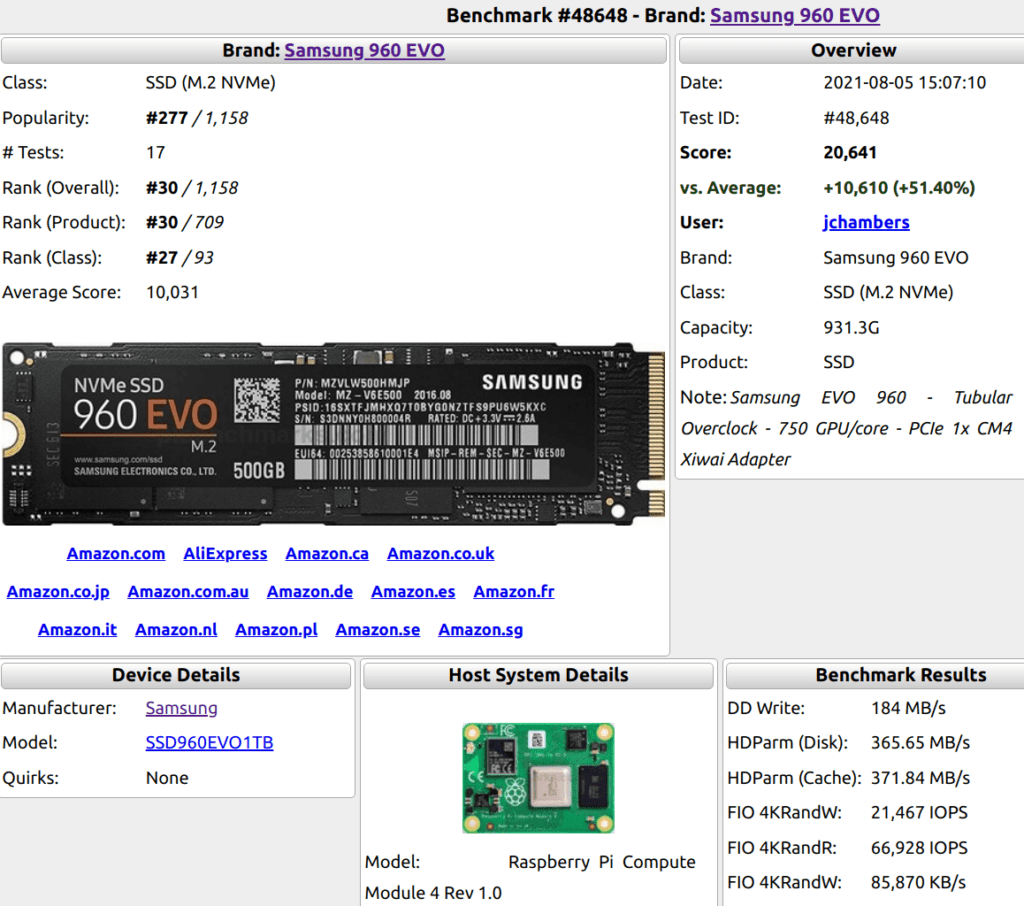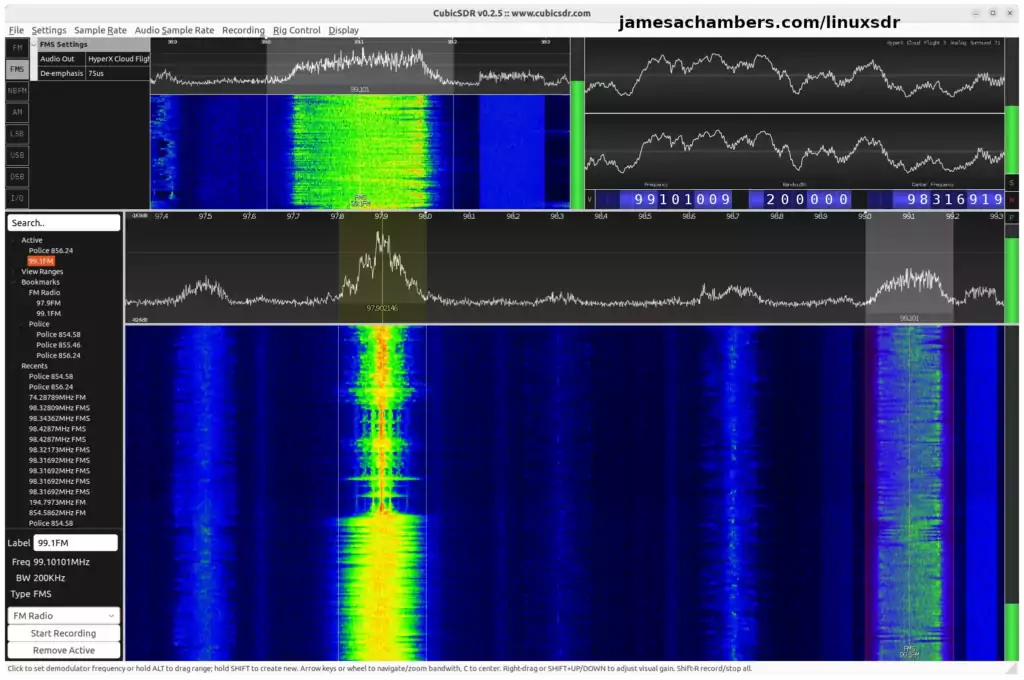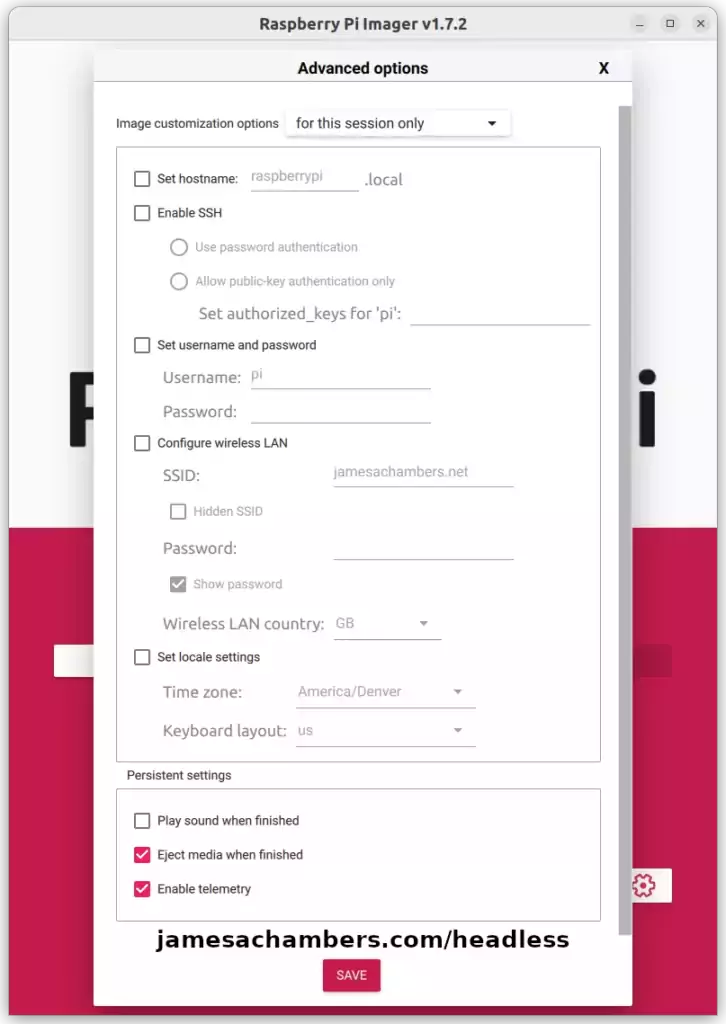Read and Reset Car Codes – Wireless ODBII Diagnostic Tool
Chances are if you own a vehicle at some point you’ve experienced a check engine light on your vehicle. When this happens it’s common to stop by an auto-parts store or the dealership to have them read the code and determine what is wrong. Most auto parts stores will have a little diagnostic computer they can plug in to read the code.
Today I wanted to highlight a really inexpensive way that you can interface with that same diagnostic computer yourself using a cheap (<$30) adapter that not only allows you to read these codes but to actually reset them!
I’ve found it very empowering to have one of these as I can immediately research any check engine codes my vehicle has and determine what I’m going to need to do to resolve it. It’s also great if you have a check engine light for something you already know about as you are able to reset them yourself. Let’s get started!
Read and Reset Car Codes – Wireless ODBII Diagnostic Tool Read More »



